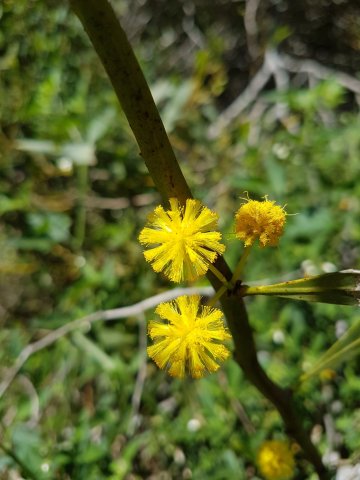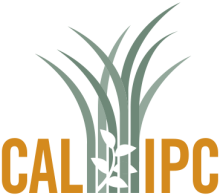Climate Matching Map
| Attachment | Size |
|---|---|
| climatematch-acacia_saligna-california-20251024.pdf (1.15 MB) | 1.15 MB |
1. Question 1
2. Question 2
Naturalized in Southeastern Australia, South Africa, southern Europe, and the west coast of the United States in similar climates (GBIF).
Naturalized in the southwestern Cape Province, South Africa (Milton & Hall 1981).
The species occurs in 7 counties in coastal and southern California, the region of interest. (Calflora)
3. Question 3
The species has been noted to be invasive in the southwestern Cape of South Africa. (Holmes et al. 1987)
4. Question 4
The species has been noted to be invasive in the southwestern Cape of South Africa, which is similar in climate. (Holmes et al. 1987; Holmes & Cowling 1997)
5. Question 5
6. Question 6
The following areas match the climate of the region of concern: west coast of the US (7 counties in California, USA), central Mexico; southern Europe and the Mediterranean; very northern Africa (Mediterranean); the middle East (Israel, Palestine); South Africa (Cape and eastern region); Western Australia and southeastern Australia. (GBIF)
The following areas where the plant occurs do not match the climate of the study region:
Pakistan, Ethiopia, Sweden, the North Island of New Zealand, and the occurrences in South America. (GBIF)
7. Question 7
8. Question 8
9. Question 9
Examined as feed for goats, found to be not a candidate as a whole food source. (Degen et al. 1997)
10. Question 10
11. Question 11
12. Question 12
13. Question 13
14. Question 14
15. Question 15
16. Question 16
17. Question 17
Flowers March, April, May (3 months) in California (Calflora)
"Pod and seed fall: The pods and seeds of Acacia longifolia and A. saligna fall over a six week period, three to four months after the fall of withered flowers." This observation from South Africa. (Milton & Moll 2008)
18. Question 18
"The seeds of these species have small grey-white funicles (Fig. 16), unlikely to attract frugivorous dispersers, and are not presented to potential dispersers while on the tree, the pods being both deciduous and dehiscent." (Milton & Moll 2008)
19. Question 19
Literature indicates that this species does occur on some water courses and may have spread downstream to other locations but this seems not special to this species in any way.
20. Question 20
Evaluation Notes
Climate match map and link added + some edits made to references 10/24/2025 (J. Burger)




